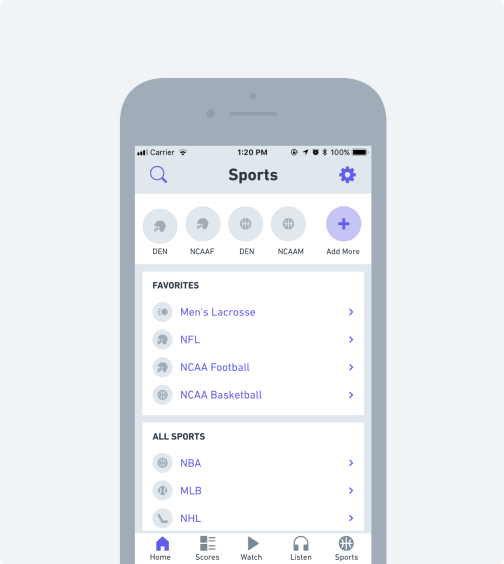

When you click on the dot, it attaches to a connector. Interestingly, Lucidchart has a rather nifty toolbar which pushes it ahead of Draw.io. Though there is an option to clone, it only duplicates a selected object. While working on big and complex drawings, the absence of a contextual toolbar is felt gravely. But as I mentioned above, you’d have to make all the selections right at the beginning of your projects so as not to make frequent trips to the sidebar. Contextual Toolbarĭraw.io offers plenty of options in the shapes library. But once done, it inherits Google Drive’s revision methods. It allows you to share your content only if you connect it to your Google Drive account. On Draw.io, collaboration is much less intuitive. Alternatively, you can enter the email ID of the respective individuals and pick the type of access they get. Similar to Google Docs, you can get a shareable link to the documents and share it with the concerned party. LucidChart supports real-time collaboration with the option for group chat and version tracking (only paid version). Collaborationīoth Lucidchart and Draw.io let you collaborate with your team members or your remote counterparts, but a bit differently. You can notice how a slight movement will change the symmetry of the image or how it affects the overall uniformity. However, if you were to ask me, I found Lucidchart’s method seamless. Moving a collection of selected groups of objects is common to both the tools. That is especially helpful if you are starting a blank canvas and you know precisely which all elements you’d need on your drawing. So when you click or tap on the required shapes, and they would appear on the canvas. Instead, it provides a cool click-and-get feature. It follows the usual method of drag and drop to bring new shapes to the canvas.ĭraw.io doesn’t have the aforementioned fancy features like displaying coordinates or distance.

That is especially useful to bring symmetry to your work.Īlso, Lucidchart offers all the basic editing options you’d expect, including shapes import, text & object alignment, and object size adjustment. Also, you’d be shown minor yet important details like the distance between two nearby components, distance from the margins, etc. Lucidchart shows the coordinates when you move a particular component which is pretty cool.

While the formatting options in Draw.io are on the right side, Lucidcraft has reserved the top bar for the same. Depending on the type of template you choose, the shapes and symbols will change naturally. Interfaceīeing two of the most popular diagramming tools, both Lucidchart and Draw.io pack a straightforward interface. As of last year, Draw.io supports importing Gliffy. Other than that, Lucidchart also supports import from a bunch of popular diagramming tools such as Gliffy, Draw.io, and Omnigraffle.ĭraw.io lets you import your drawings from shared platforms like Google Drive, Dropbox, Trello and even GitHub. All you have to do is drag and drop the related documents into the Import dialogue box. It supports all the three Visio formats. Lucidchart claims to be a Visio alternative and keeping true to its tagline lets you import Microsoft Visio files. From cool mind-maps to banners for your school/college project, you can have your pick from a host of ‘fun’ diagrams. Though the range is not as wide as that of Lucidchart, it has all the essential tools and templates for both business professionals and students (engineering drawing, floor plans, etc).Ī point where Draw.io’s templates slightly differ from Lucidchart is the inclusion of great infographics in the former.
#VISIO VS LUCIDCHART VS SMARTDRAW PROFESSIONAL#
On the other hand, Draw.io brings a selection of professional templates to the mix.

Lucidchart packs a powerful punch when it comes to templates So, unless you have a pre-determined company template, you can get a fair percentage of the groundwork laid out for you through the stock templates. Whether it’s a smartphone mockup or a website wireframe, the template library doesn’t disappoint.Īlso, you can throw in a bunch of fun elements like banners or family trees in the mix. On top of the usual diagramming stencils like UMLs, ERDs, flowcharts and network drawings, it has a ton of additional diagrams. Lucidchart stores a plethora of pre-made templates. Lucidchart packs a powerful punch when it comes to templates for both beginners and professionals. When we compare two diagramming tools, it’s natural that the first point of comparison will be templates.


 0 kommentar(er)
0 kommentar(er)
